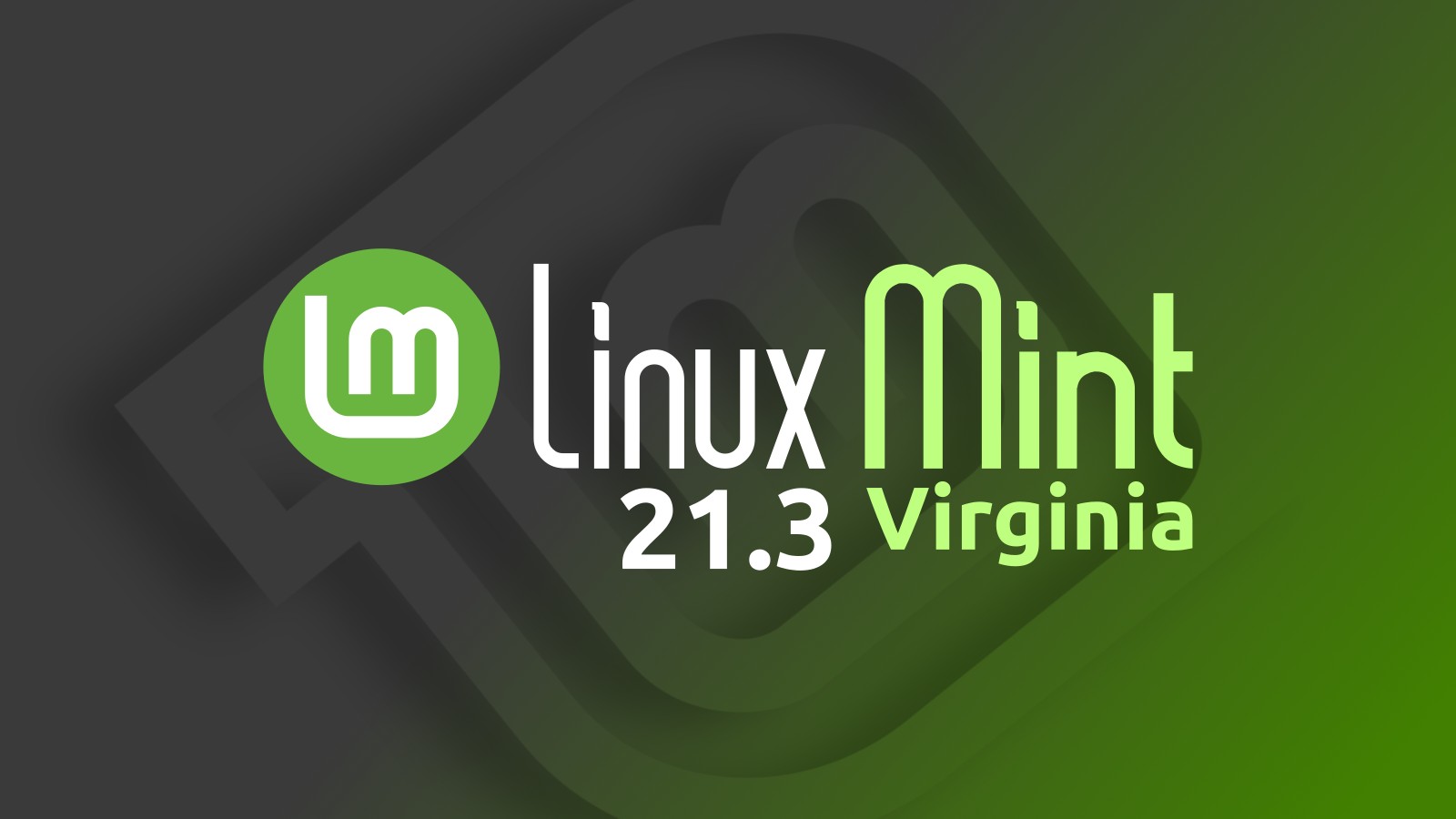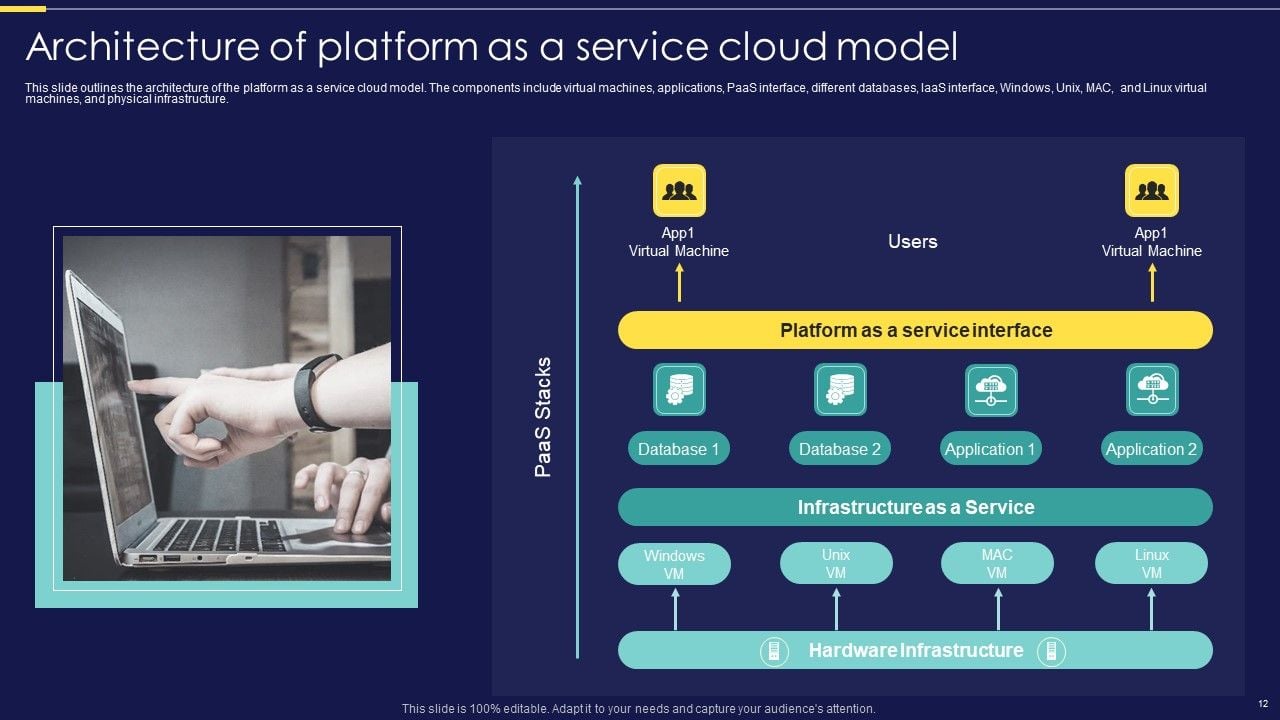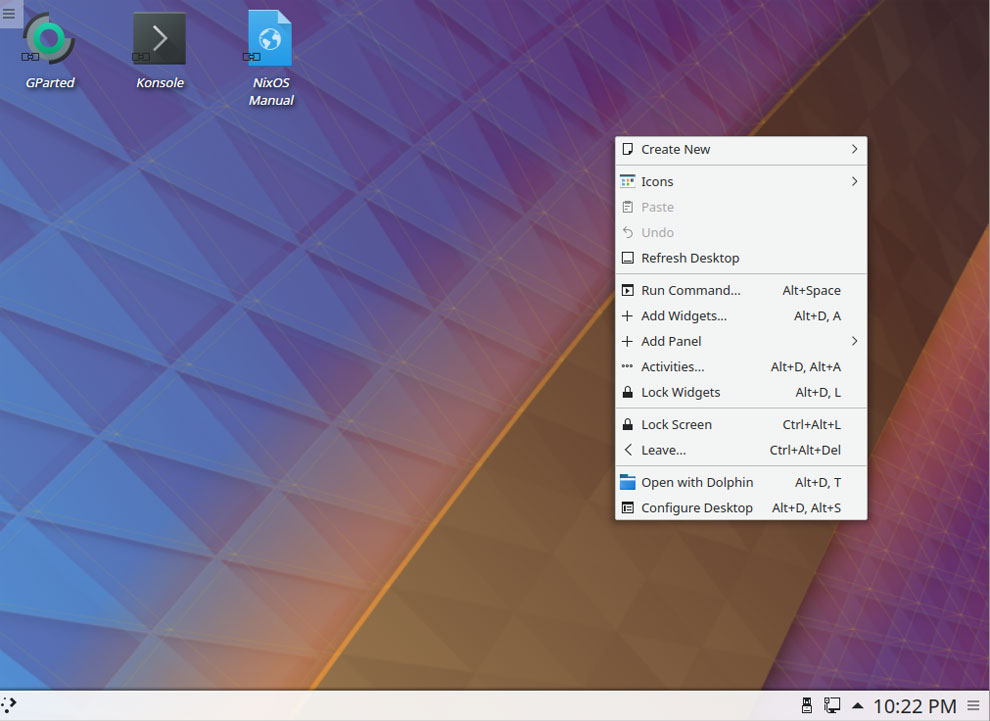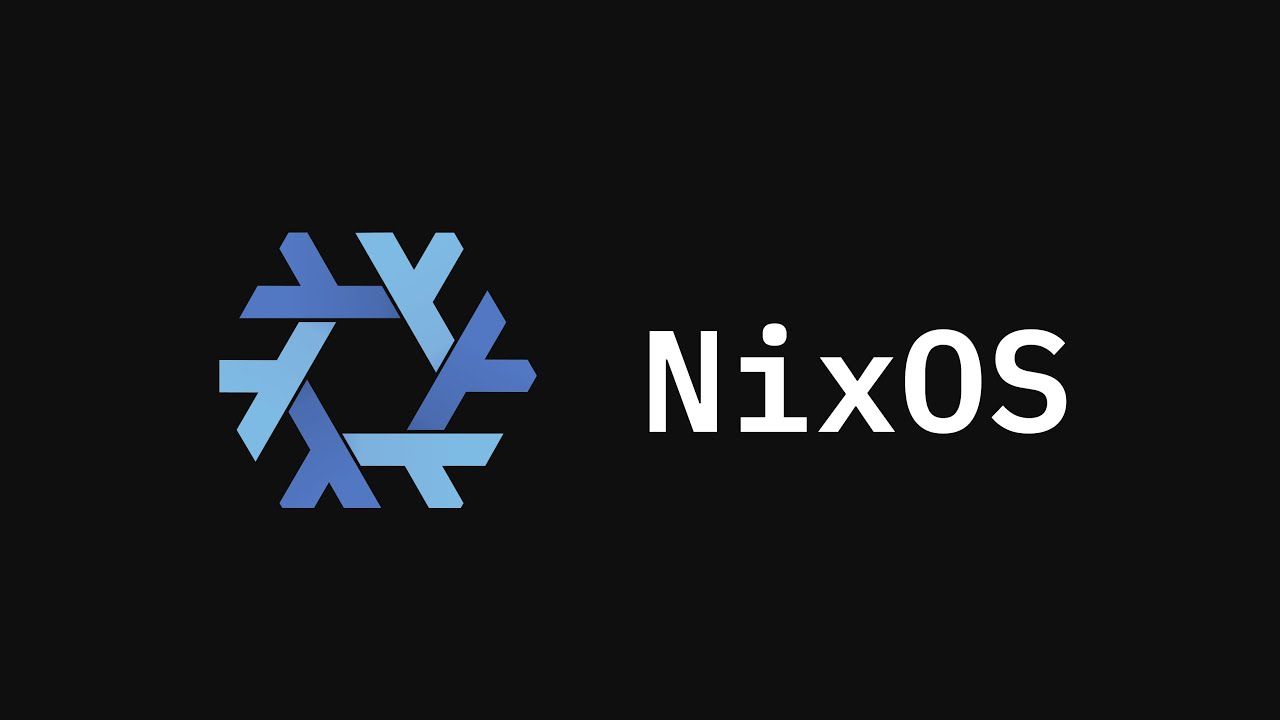
As a seasoned Linux user, I’ve always had a different perspective on the popular Linux Mint distribution compared to the mainstream view. While many hail the latest update, Linux Mint 21.3 Virginia, as an exceptional desktop operating system, I find myself questioning its true value and uniqueness. Let’s dive into why my experience with Linux Mint has been less than stellar.
One of the key selling points of Linux Mint is its stability and reliability, built on the foundation of Ubuntu 22.04 LTS and Linux kernel 5.15. While these are undoubtedly strong pillars, I’ve found that the user experience falls short in terms of innovation and modernity. The default applications bundled with Linux Mint, such as LibreOffice, Thunderbird, GIMP, and Firefox, are indeed functional, but they lack the cutting-edge features and seamless integration found in other operating systems.
The Software Manager in Linux Mint is often praised for its simplicity in installing new software programs. However, the limited support for Snap-packaged applications by default can be a hindrance for users looking to explore a wider range of software options. While it’s possible to add Snap support manually, this extra step can be cumbersome and off-putting for newcomers.
Another aspect where Linux Mint falls short, in my opinion, is the size and diversity of available applications. While Linux applications are known for their efficiency, the ecosystem in Linux Mint feels somewhat restricted compared to macOS and Windows. The homebrew apps like Hypnotix, Warpinator, and Bulky, while interesting, may not cater to the diverse needs of all users.
Despite the praise for the Cinnamon desktop environment, I find it lacking in terms of customization and modern design elements. While Cinnamon 6.0 brings some optional features like spices for enhanced functionality, the overall interface feels dated compared to other desktop environments available in the Linux world.
The decision to not fully embrace the Wayland display server, citing its readiness for mainstream use, also raises concerns about the future-proofing of Linux Mint. While stability is crucial, innovation and adaptation to new technologies are equally important in the fast-paced tech landscape.
In conclusion, while Linux Mint 21.3 Virginia may appeal to users seeking a stable and reliable Linux desktop experience, I believe that the distribution falls short in terms of innovation, application diversity, and modernity. As a Linux enthusiast looking for cutting-edge features and a forward-looking user experience, Linux Mint may not be the ideal choice for me.















